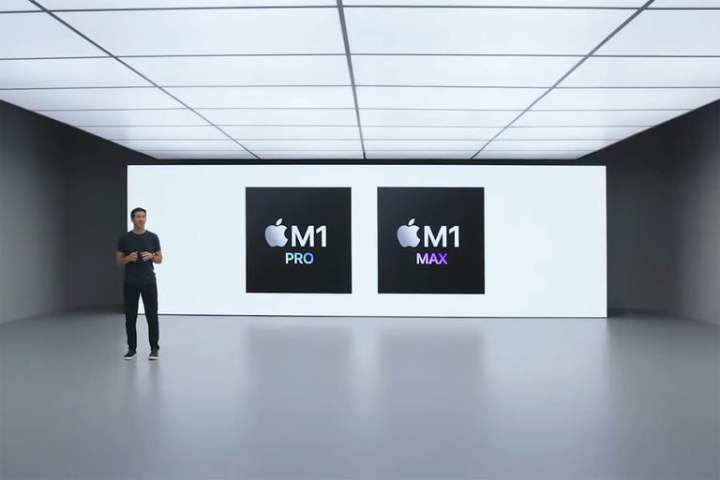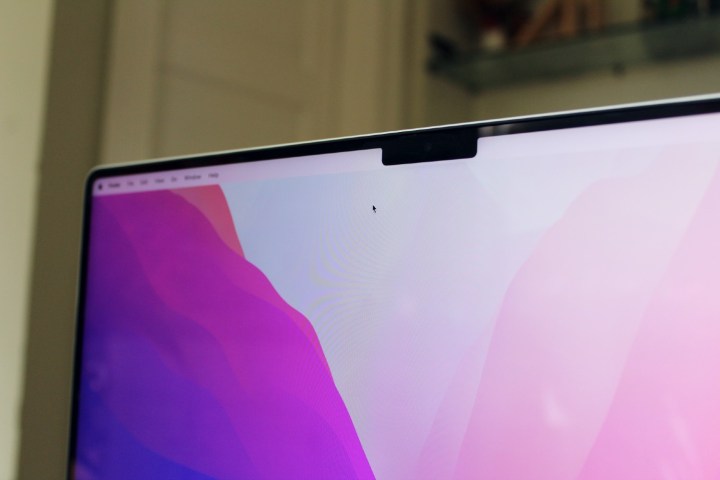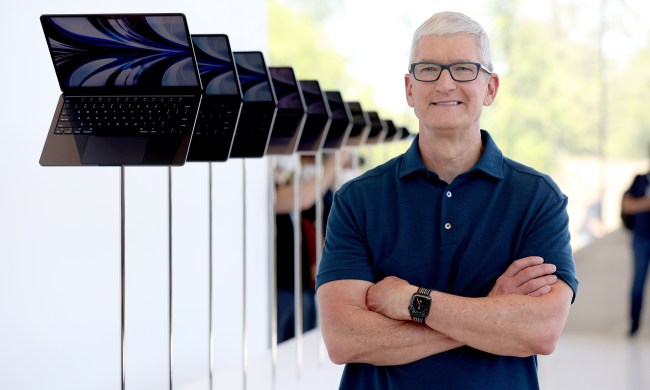We’ve been wondering for some time what Apple will do with the entry-level MacBook Pro, which is still using 2020’s M1 chip despite its 14-inch and 16-inch siblings upgrading to the M1 Pro and M1 Max. Now, Bloomberg reporter Mark Gurman has revealed what Apple plans to do.
In his latest Power On newsletter, Gurman explains that Apple will outfit the entry-level MacBook Pro with an M2 chip. This upcoming Apple Silicon chip will be the successor to the M1 and should provide a greatly improved experience compared to 2020’s offering.

However, it’s likely it won’t be able to rival the M1 Pro and M1 Max in terms of power, and that shouldn’t be a surprise considering the laptop’s entry-level positioning. Like the more powerful MacBook Pro models, though, the M2 edition will allegedly drop the Touch Bar once and for all.
But Gurman also says Apple will go further to differentiate its laptops, with the M2 MacBook Pro containing “lesser displays, processors, and storage, and no ProMotion nor Mini-LED.” That could mean the M2 MacBook Pro sticks with the old-style wide bezels and 13-inch size for its display.
If that pans out, it’s would be interesting to see Apple keep the 13-inch MacBook Pro around rather than, say, launching a more affordable 14-inch MacBook Pro. Right now, Apple’s high-end laptop range comes in three different sizes — a potentially confusing situation — and this latest development would do nothing to change that.
In a further tidbit, Gurman stated that the M2 chip will also arrive in an entry-level Mac Mini, an updated MacBook Air, and a refreshed 24-inch iMac.
What about Face ID?

Speaking of Apple’s all-in-one computer, Gurman believes Apple considered adding Face ID to the 24-inch iMac when it underwent its total overhaul in 2021. According to Gurman, “Face ID was in the cards for the original M1 iMac. Naturally, the iMac is the thickest Mac with a built-in display since Apple’s laptops have fairly thin screens.”
That thicker display would make it easier to fit all the required Face ID tech into the device. Gurman isn’t certain why Apple decided to pass on adding Face ID, but it’s possible it was related to supply chain issues. The revamped iMac Pro, for example, might have been delayed for the same reason.
The issue of screen thickness means Gurman doesn’t expect to see Face ID on the MacBook range any time soon, simply because the tech to embed it into thin displays “doesn’t exist” yet. However, the tech could come to an iMac or Apple-branded external monitor, Gurman believes, and he adds that “Apple has definitely been working on this.”
With the iMac Pro just around the corner, Face ID would be a great way for Apple to establish its pro-level bona fides. We’re not certain it will happen this year, but Gurman’s latest newsletter adds weight to the idea that it could be in the pipeline.



